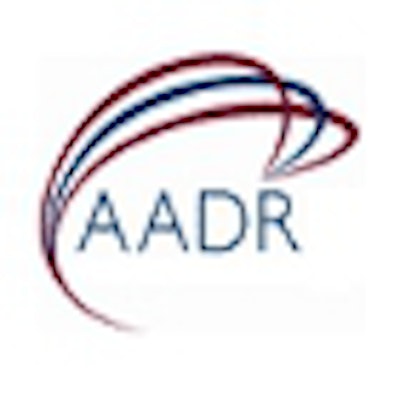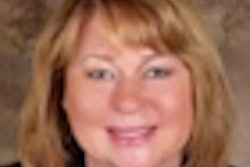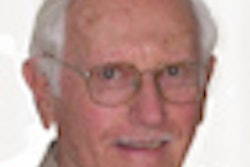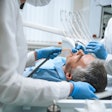
TAMPA, Fla. - Midlevel providers -- like the newly graduated dental therapists in Minnesota -- face an uphill battle in gaining acceptance by most private dentists, according to a session on building the oral healthcare workforce at the American Association for Dental Research annual meeting.
Salaries, overhead, patient acceptance, and liability are among the concerns voiced by dentists in Minnesota and across the U.S., according to a 2011 survey presented by Christine Blue, director of dental hygiene at the University of Minnesota (UM) who developed the curriculum for the dental therapist (DT) program.
Many of the private practitioners who responded to the survey said they were worried that DTs would disrupt patient relationships and increase the administrative and supervisory responsibilities for the practice. Dentists also voiced concerns about the contractual agreement with DTs.
"The concept remains controversial, and there is significant negativity about them among Minnesota's private practitioners," Blue told a well-attended session at the AADR meeting that included about 75 practitioners, academics, and other dental professionals.
Some 72% of Minnesota dentists said DTs would have no impact on access to care, the main rationale behind the 2009 law to allow the midlevel providers, according to the survey. Surprisingly, only 45% of the state's safety net providers said they would hire DTs, and only 36% of dentists outside the state thought DTs would increase access to care.
Nine DTs graduated in December from UM's program, and 19 students are currently enrolled.
What's next for Minn. DTs?
Karl Self, DDS, MBA, director of the DT program at UM, asserted that DTs are financially sustainable and can increase a practice's productivity and efficiency while allowing dentists to focus on complex procedures.
DTs have been used since the 1920s and are licensed in more than 50 countries now, Dr. Self said. But most of those countries have national healthcare models, he noted.
About half of the dental services done in clinics that serve medical assistance patients could be done by DTs, according to a survey of the state's clinics, he said. The law requires that at least half of a DT's patients be from underserved populations.
Salaries for DTs will probably range from $65,000 to $90,000, Dr. Self estimated, a bit higher than dental hygienists.
“The concept remains controversial, and there is significant negativity about [DTs].”
— Christine Blue, University of
Minnesota
Mandates connected to the U.S. healthcare law that cover dental care for children in 2014 will be a perfect opportunity for using alternative providers, he noted.
"Somewhere in the system there will be a need to care for these kids, and it may not be traditional private practitioners; it may be an opportunity to have an organization that has satellite clinics," Dr. Self told DrBicuspid.com. "Somehow we will have to meet that legislation and change our care delivery model. And as we do that we may have some data about DTs that can justify them -- the quality and financial feasibility concerns -- that will be there just in time to make that happen."
The dental community's attitude will hopefully change after they see the positive impact the DTs have on providing care for the underserved, Blue said. "Once they're working in the community, support for them will increase," she said. "But it will take a number of years to change perceptions."
After they receive their dental therapist licenses, Minnesota's DTs will be allowed to perform basic preventive and restorative procedures and primary extractions only with the onsite supervision of a dentist.
After completing 2,000 hours of dental therapy clinical experience, the DTs can then become certified advanced dental therapists (ADT). ADTs will be able to practice at facilities such as schools and nursing homes and will be able to perform nonsurgical extractions of mobile permanent teeth under a dentist's general supervision with a collaborative management agreement.
ADTs will also be able to conduct oral evaluations, assess dental disease, and formulate individualized treatment plans authorized by the collaborating dentist.
The concept of midlevel providers has been rejected by the ADA and state dental associations, with many denouncing them as providing "second-class" treatment.
Even so, several states are considering various types of MLPs or expanding hygienists' duties, including Connecticut, New Jersey, Washington, Tennessee, Illinois, California, and Kansas.
"There is certainly a desire to do something, not just talk, and that's what I'm proud of -- we're doing something," Dr. Self said.



















